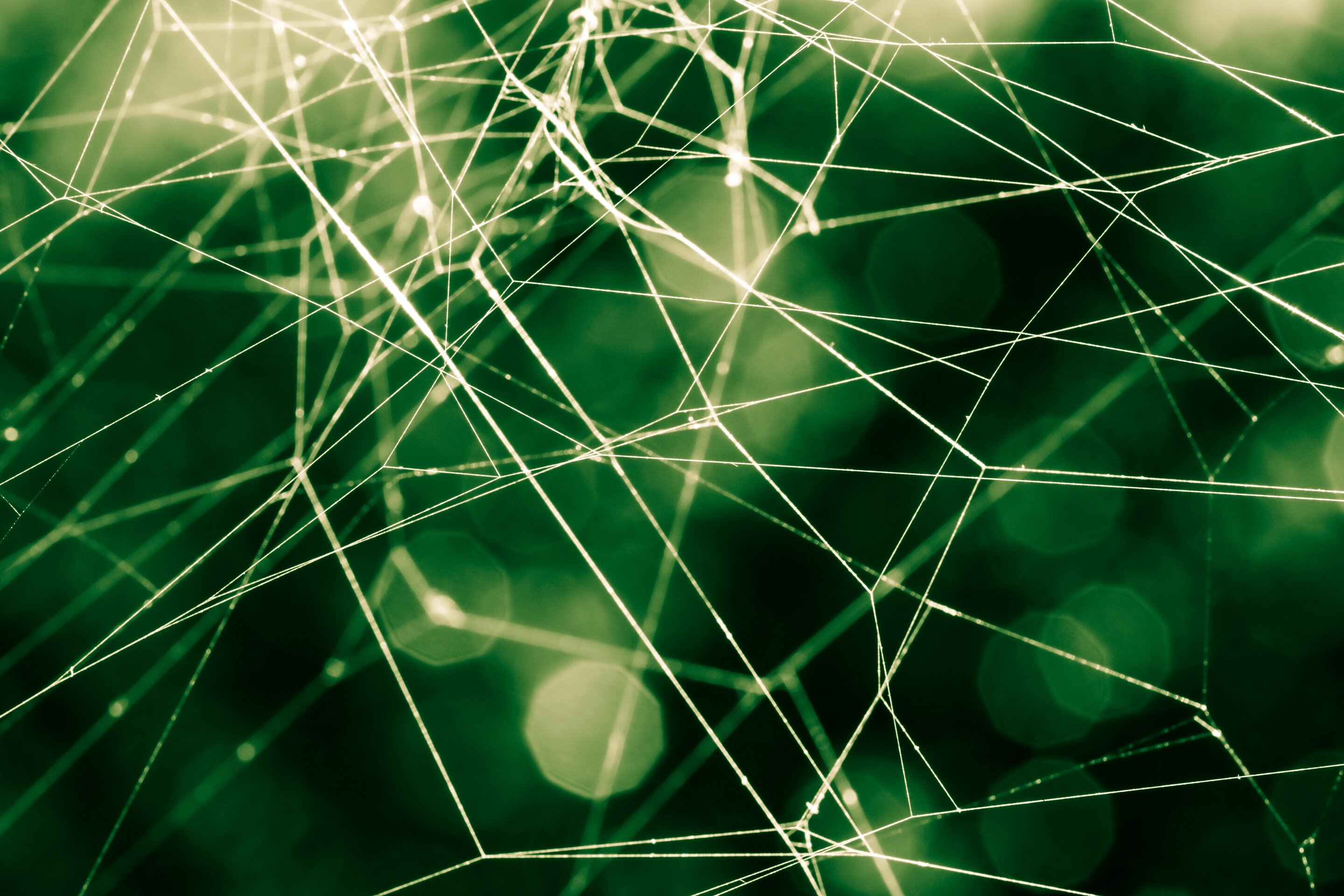This week, we reported on spider silk synthesis without spiders, and how policymakers are pursuing a wish-based approach to a global economy under climate change—what the kids call “manifesting” a green-growth future. Plus, black holes could be hungrier than previously believed.
Spider silk is a protein fiber with remarkable mechanical properties, including high tensile strength and ductility, toughness and adhesiveness. Engineers envision uses for spider silk including durable and more comfortable clothing, new kinds of bulletproof armor and biomedical applications.
Unfortunately, spiders, who only want to produce silk for a narrow corridor of spider-adjacent purposes, are standing in the way of radical advances in materials science. Instead, scientists seek a more compliant source of spider silk, a congenial and obedient organism that would do little other than eat and produce silk.
If your first thought was “golden retrievers,” you’re an original thinker whose work I would hang on the refrigerator. A multi-institutional collaborative of researchers in China have instead genetically modified silkworms using CRISPR-Cas9 to produce spider silk; they are a more ideal silk producer than dogs for a number of important reasons.
To paraphrase 1970s trucker country singer Red Sovine, there’s a hot load of freight bound for the Utah desert on Sunday, all the way from the 101955 Bennu asteroid. The Osiris-Rex spacecraft will deliver somewhere in the ballpark of a half-pound of space rubble via parachute-dropped sample capsule.
2023-09-24 05:48:03
Source from phys.org



















